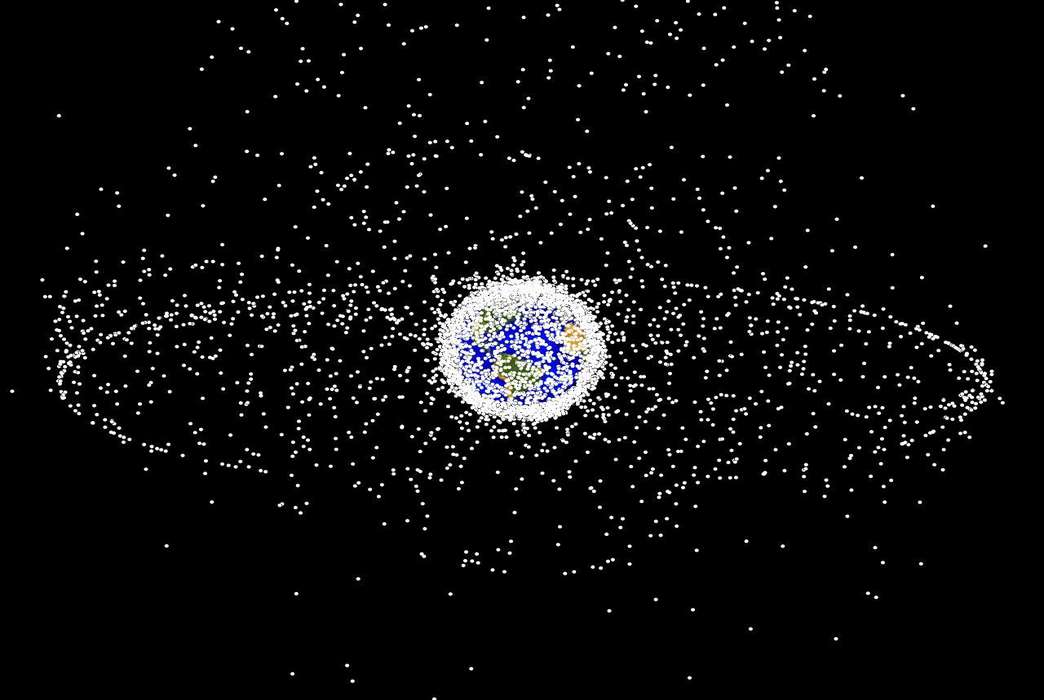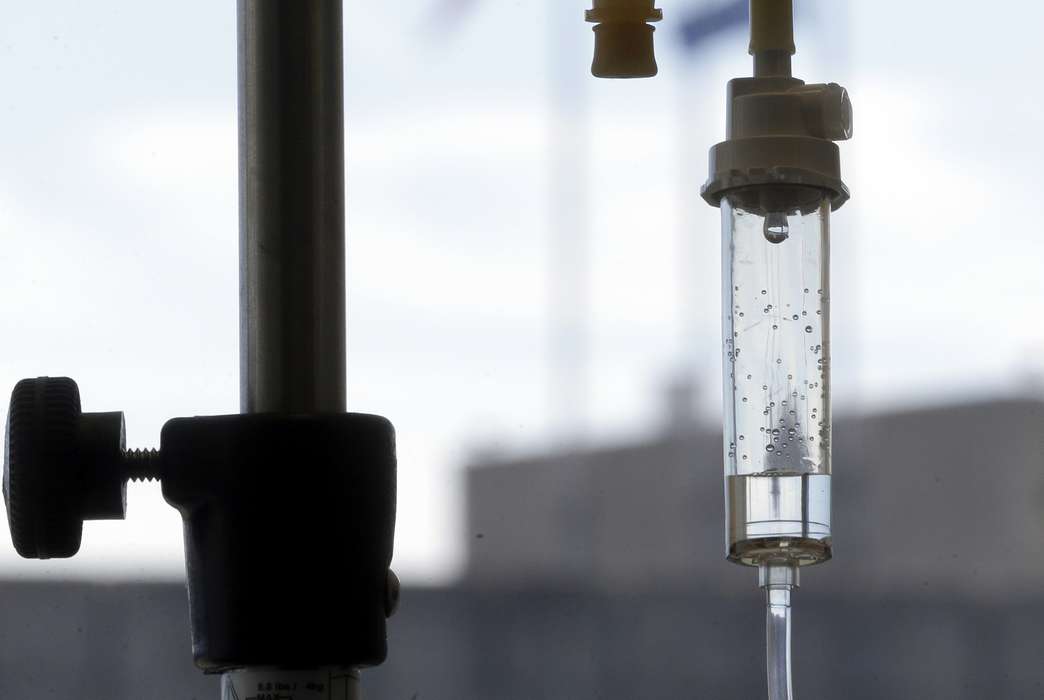COVID-19 deaths cost US $1.4 trillion in first half of 2020: economist
The financial cost of COVID-19 is mounting (AP Photo/Dmitri Lovetsky)
Deaths from the coronavirus cost the world $3.5 trillion through the first half of 2020, 41% of which was borne by the United States, an American economist found, despite the country accounting for a quarter of COVID-19 deaths over the same time period.
In an analysis published in the Journal of Risk and Uncertainty in November, W. Kip Viscusi, a professor at Vanderbilt University, used the value of a statistical life, an estimate of how much people are willing to pay for small reductions in mortality risks, to calculate COVID-19 costs for over 100 countries through June 30.
The value of a statistical life is commonly used by government agencies to estimate the value of reducing deaths from environmental pollution, occupational hazards, nuclear materials, transportation and other risks. For COVID-19, Viscusi said, the numbers represent an “enormous cost compared to almost anything going on.”
He said that while aggressive policies to reduce the spread of COVID-19 have a long-term economic cost, so do attempts to reopen the economy, despite some economic gains, because of the health costs borne by individuals and society.
“The dichotomy between the economic costs of the pandemic and the health impacts is not a valid distinction,” Viscusi wrote in the paper. “The health risks associated with COVID-19 can be monetized to be in the same units as the cost of disruptions to the economy. The mortality and morbidity effects of COVID-19 are very real and substantial losses.”
With a mortality cost of $1.4 trillion and over 130,000 coronavirus deaths in the first half of 2020, the U.S. has paid the highest price for its response to the pandemic, according to Viscusi. The United Kingdom, which had nearly 87,000 fewer deaths in the first half of the year, had the second-highest mortality cost, at $343.3 billion, followed by Italy, which had approximately 34,800 deaths and a mortality cost of $246.3 billion.
“This is by far and away the most important health crisis that we’ve had, certainly in my lifetime, which is a lot of years,” said Viscusi, who has studied the economics of risk and uncertainty for nearly his entire career. He told The Academic Times that through Sept. 26 — past the point studied in the paper — he has calculated a mortality cost of $2.3 trillion for the 209,000 U.S. coronavirus deaths that occurred up to that date. With deaths now exceeding 300,000, Viscusi estimated the U.S. mortality cost is now over $3 trillion.
Another factor to consider, he noted, is the cost of the coronavirus’ symptoms and accompanying medical problems. Most COVID-19 patients do not die, he said, but many face “consequential morbidity effects,” such as severe symptoms, hospitalization and future chronic illnesses.
“If you’re in the ICU or on a ventilator, this is not a walk in the park,” he said, adding that morbidity effects can boost the total estimated cost of health risks by as much as 40%, meaning that the U.S. estimate for the first half of 2020 could be closer to $2.01 trillion.
“It is clear that the morbidity consequences of this pandemic are quite substantial as well,” Viscusi wrote.
Eventually, individuals and policymakers are going to need to start thinking more like economists, he said. For example, at the height of the pandemic, many hospitals were facing ventilator shortages and trying to figure out the best way to ration their resources.
“There’s a lot of people, you know, stepping in, sort of doing this ad hoc ethical prescriptions that have no basis whatsoever in how economists would think about it,” Viscusi said. “So what we [economists] would love to do is look at what’s … the incremental risk reduction you’re getting.”
Instead of allocating ventilators and other resources based on age and life expectancy — as was done in Italy and other countries during the pandemic — economists would look at the marginal benefit of an action and make decisions based on who would likely benefit the most.
For example, Viscusi said, a person in their 20s will likely survive the coronavirus without needing a ventilator, and therefore the risk reduction is likely much smaller than for a person in their 80s, for whom a ventilator could be a life-saving intervention.
While medical experts such as Dr. Anthony Fauci, director of the National Institute of Allergy and Infectious Diseases, are necessary to guide government responses to the pandemic, Viscusi said, “Ultimately, we’re going to start getting into the realm of policy decisions,” especially as businesses, schools and other facilities clamor to reopen.
“Hopefully, economics will start playing a bigger role,” he said. “Not necessarily worrying about the economy, but thinking like an economist.”
The article “Pricing the global health risks of the COVID-19 pandemic,” published Nov. 2, 2020, in the Journal of Risk and Uncertainty, was authored by W. Kip Viscusi, Vanderbilt University. Viscusi is also the journal’s editor.










